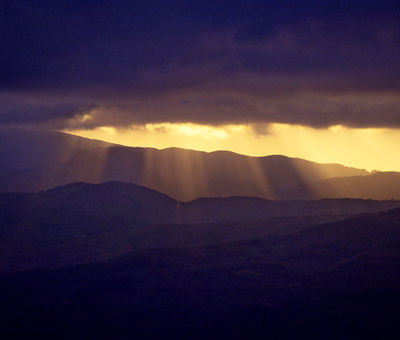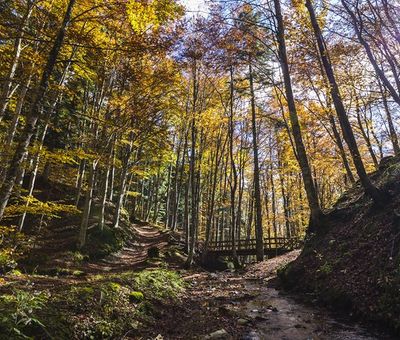Between the mountains and the river
When moving through the leafy areas around the tiny village of Casavecchia, or when you find yourself in Castelluccio or Le Caselle, you’re enveloped by the woods and the old parish churches, by microscopic villages, in the evening, in the valley, there’s Arezzo glimmering in the distance, and on the other side there’s the river. Of course, this is a place that’s hidden amid the gorges of the small valleys and in humble woodlands; you feel like you’re at the beginning of the Casentino valley and yet Capolona is uniquely marked by something: the Arno “turns up its nose” toward Arezzo, right in the heart of this valley. This is very much a living river, and its relationship to the community is described by Simona Baldanzi in the Capolona-focused pages of her Maldifiume:
Daniela knows the In Quiete cooperative and their projects; she knows Lando Landi and his museums; she knows what’s around the Arno in these parts. She explains to me that, in her opinion, something’s happening in the way of recovery, in “reclaiming” various old forms of knowledge and finding new ways of playing with them. She explains that the eco-museums—like Lando’s, or the water-focused one in Capolona, which is right on the banks of the Arno—are the fruit of a pact the community made to take cure of its territory. It’s an informal pact aimed at conserving and properly utilizing the cultural patrimony of the population that lives and has lived there.
A 90-degree curve
The Maldifiume story continues, and in the next chapter Simona Baldanzi goes along to that very place where the Arno, in its own evocative way, bends as if to avoid Arezzo.
With Paolo’s orange umbrella, Marinella and I are on the cement sidewalk along the Arno in Capolona. It rained all night and the river looks bloated, robust. We asked Sergio to stop the car so we could take a look at this stretch where the water’s white foam seems almost like a large, lapping tongue preparing to lick the houses, walls, stones. Here, the Arno has a strong voice. Here, the Arno is the town; it’s the bar of the train that lowers to let students out at the station; it’s the water museum in the former telephone exchange; it’s the bulldozer that works in the dams and transports stones; it’s the terrace of the downtown bar facing the river. That last one is the place where you rest your elbows on the railing as you argue—with the view of the river your words really do flow out better. Any shyness is simply swept away.
The Arno doesn’t flow into Arezzo the city: as Dante described in Purgatory, it turns its nose up at the city inhabited by hordes of “botoli ringhiosi “. In Giovi, a hamlet, it makes an almost 90-degree curve.





